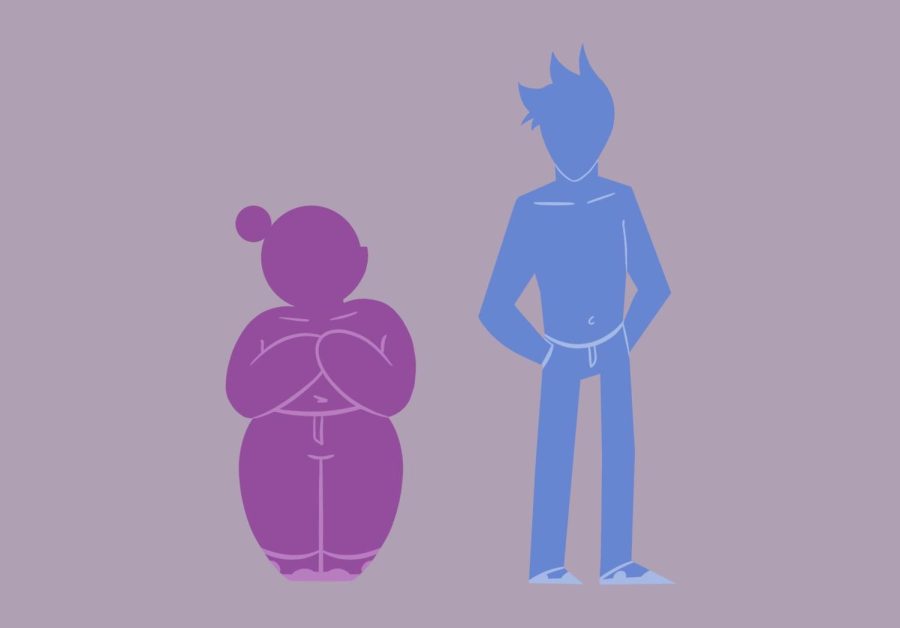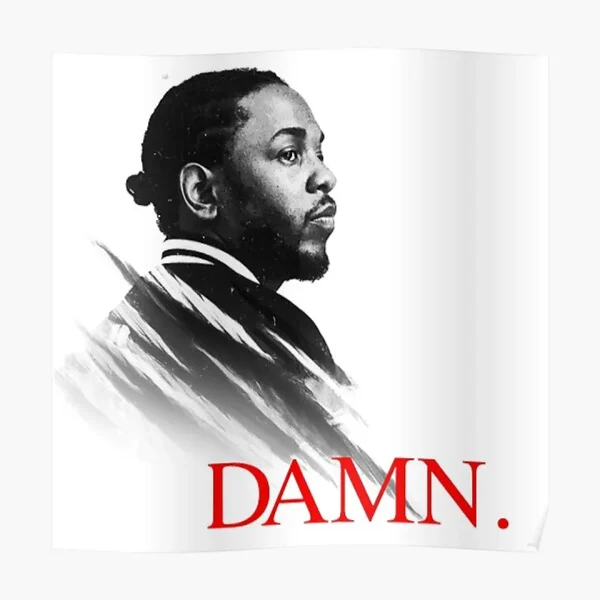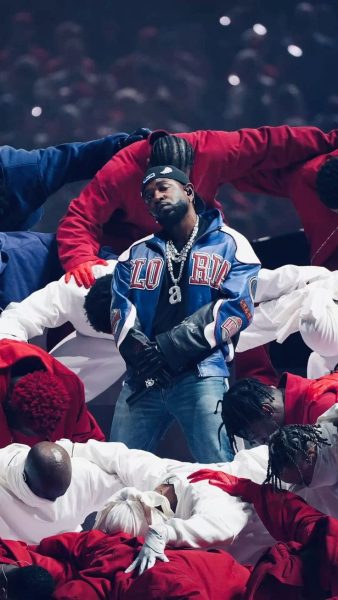Dress code policy needs adjusting
Over the course of the last few years, school dress codes have been becoming more serious and are often highly enforced. What exactly is the purpose of a dress code? Although the main question here is, why are school dress codes mostly biased towards boys?
Kaelee McIntosh, a senior at Abraham Lincoln, has an interesting insight on this topic.
“Personally I feel like if someone were to get dress-coded, their self-esteem might go down a little bit,” McIntosh said. “If you’re wearing something and you’re proud of it and then you get dress coded it’s completely unfair because now you must question your outfit.”
She’s completely correct, if a student feels safe and secure wearing something that does no harm to others, why is it addressed as an issue? Self-esteem is often a huge struggle for teenagers, it’s the time where you are figuring yourself out and learning to love yourself. When going to school, a student is hoping to be accepted. How does the student feel when they get dress-coded when they were just feeling comfortable and confident?
When looking at a school’s dress code it’s often in bold letters, “No tank tops, no skirts, no crop tops, and no short shorts.” Besides tank tops, all of these items are obviously targeted towards women. Women are constantly put down for their choices of clothing, which are most enforced in school-based or workforce environments.
If school is supposed to be a learning environment, why should clothing matter? Besides the fact that people shouldn’t be allowed to run around without pants or without a shirt, any piece of clothing should only be a problem if the person who is wearing the clothing has a problem unless the piece of clothing is actually problematic. Articles of clothes that expose too much cleavage or have offensive words, slurs, or possibly images are gross, it’s understandable why those items people would have a problem with.
McIntosh has a compelling insight on the matter.
“I think the dress code is very unfair, I think it is meant so girls don’t get sexually harassed at school,” McIntosh said. “If girls are getting sexually harassed at school I think the bigger problem is not what they’re wearing, that shouldn’t be what we’re focusing on here.”
Is the dress code because of sexual harassment? Why exactly are students being forced to cover up when everyone knows the body of males and females?
Although, women are more often to get dress coded at school compared to men. What regulations and dress code rules do men have to follow? “No shirts with slurs, no hats, etc.” Why do men not have as many guidelines to follow? This is when the real question comes into place, are school dress codes biased towards men? Even now, hats are allowed in school environments again. Recently most schools have begun to allow them. It’s not exactly a crazy thought when thinking of certain schools’ “Codes of Conduct” and other items. What does this mean for female students? All can agree if this is the view, that it is completely unfair for women to have to go through this.
The dress code has begun to develop over the years and is being brought to schools’ attention way more often than it used to. This generation is not going to stand by this issue much longer. School dress codes are an issue.






